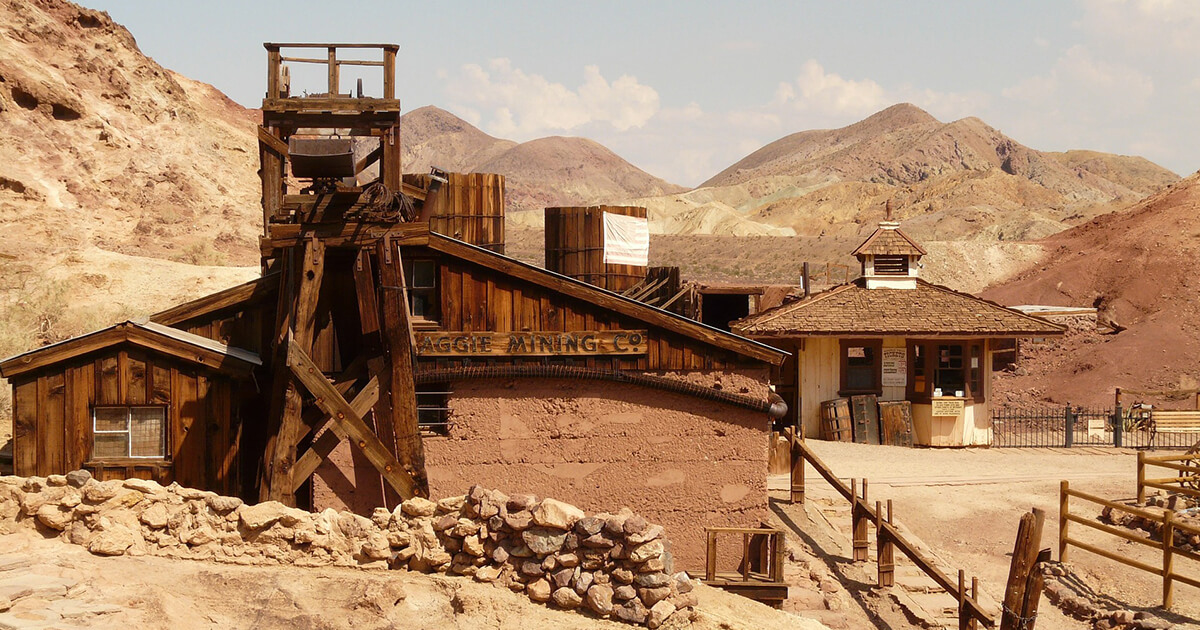
6 of the World’s fascinating Ghost Towns
First of all, the total boom and then the ghostly emptiness … Christian Näthler presents six of the most fascinating ghost towns in the world in this issue of sisterMAG: Hashima, Kolmanskuppe, Kilamba, Prypjat, Craco, Kangbashi. Six places on four continents that have only one thing in common: the emptiness. Find out how the cities gained in importance and what went wrong afterwards.
- Text: Christian Näthler
Deserted streets, dark buildings, not a sound to be heard – no, this isn’t your hometown after sunset on a school night. We’re talking about ghost towns, once-thriving settlements that have been abandoned but maintain a physical footprint. Whether economic collapse, irresponsible planning, or natural or human disaster, there are various reasons that cause an entire town or city’s inhabitants to ditch home. Let’s explore six of the world’s most fascinating ghost towns…
Hashima Island, Japan
Only 0.063 square kilometres in size, more than 5,000 people crammed onto Hashima Island at the peak of its coal mining operation in 1959. When demand for coal plummeted in the late 1960s and early 1970s, so did Hashima Island’s population. When the island’s mine finally closed in 1974, all incentive to remain on the seawalled colony off the coast of Nagasaki disappeared. You may recognize its remains from the 2012 James Bond film Skyfall.
Kolmanskop, Namibia
Kolmanskop is a sandswept ghost town near the Namibian coast that was once home to some of the richest diamond deposits in the world. Between 1928, when diamonds were first discovered in what was then German South-West Africa, and the early 1930s, around five million karats of diamonds were extracted in the first six years of mining. The last three families deserted the city in 1956, and it remains without any permanent residents to this day.
Kilamba, Angola
What can only be described as China playing Simcity in northwest Angola, Kilamba was a massive residential development built by a state-owned Chinese corporation to house up to half a million people. It consists of 750 eight-story apartment buildings and pretty much no permanent inhabitants. Check out the satellite view on Google Streetview to get an impression of the absurdity.
Pripyat, Ukraine
By far the most tragic ghost town on this list, Pripyat has the unfortunate title of being home to the world’s most devastating nuclear power plant accident in history, Chernobyl. The disaster occurred on when a reactor exploded and unleashed radioactive isotopes into the atmosphere. More than 50,000 inhabitants were forced to evacuate. With radiation still present today, it’s no wonder only a handful have ever returned.
Craco, Italy
Craco was popularized among Millennial circles recently when news went viral that claimed you could buy the entire village for the price of a flat in London. The now-abandoned medieval town peaked to a population of 2,600 in 1561 before enduring centuries of destructive occurrences ranging from plagues to landslides and waves of thieves. The landslides, combined with earthquakes, became so bad that the entire town’s population – 1,800 residents – was forced to evacuate for their own safety in 1963.
Dawson City, Yukon
There aren’t many things that could entice around 100,000 coastal Americans embark on a journey to the northern nothingness of Canada’s border with Alaska. The Klondike Gold Rush was one such thing, and saw the equally ambitious and desperate patch together a settlement of 40,000 in three short years on word that gold had been discovered nearby. When the bounty became bleak, the town saw its population drop 80% seemingly overnight. Dawson City is home to around 1400 inhabitants today.
Kangbashi, China
Kangbashi was spawned by politicians in Ordos, Inner Mongolia local to cozy up to real estate developers and artificially pump local GDP. It was based on a concept that sounds more like a lazy Instagram caption than sound urban development: build it and they will come. Indeed, Kangbashi started as a ghost city and is still only halfway to fulfilling its promise of being home to 300,000 people by 2023.






